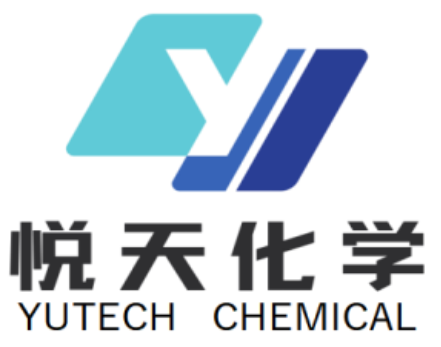



Isobutyl Methacrylate ( referred to as IBMA) is an important organic chemical raw material and is widely used in polymer materials, coatings, adhesives and other fields. The following is a detailed introduction from the aspects of basic information, core characteristics, application scenarios, production processes, safety and storage:
1. Basic information
1. Chemical structure
- Molecular formula: C₈H₁₄O₂
- Molecular weight: 142.20
- CAS number: 97-86-9
- Alias: isobutyl isobutyl isobutyl ester, 2-methylpropyl-2-methyl-2-acrylate
2. Physical and chemical properties
- Appearance: Colorless transparent liquid with a faint ester odor.
-Density: 0.89 g/mL (25℃), lighter than water, insoluble in water, easy to soluble in organic solvents such as ethanol and ether.
- Boiling point: 155℃, flash point 44℃ (closed cup), is a flammable liquid, and it needs to be fire-proof and explosion-proof.
- Stability: Stable at room temperature, but it is easy to react when exposed to strong oxidants, strong acids, and strong alkalis. Light and high temperatures need to be avoided to prevent self-aggregation.
2. Core features and applications
(I) Field of polymer materials
1. Polymer synthesis
- Acrylic resin: It participates in copolymerization as a monomer and can adjust the flexibility, weather resistance and solubility of the resin. For example, copolymerization with methyl methacrylate (MMA) can produce high hardness, scratch-resistant optical materials.
- Special rubber: used to synthesize butyl rubber and brominated butyl rubber to improve the airtightness and anti-aging properties of rubber.
2. Plastic modification
- Plasticizer: Improve the processing performance of plastics such as PVC and PE, reduce their glass transition temperature (Tg), and make them more flexible.
- Impact modifier: blended with resins such as ABS and PS to improve the impact strength and crack resistance of the material.
(II) Coatings and adhesives
1. Coating
- Solvent-based coating: As a reactive diluent, it can reduce the viscosity of the coating and participate in cross-linking reactions to improve the adhesion and wear resistance of the coating.
- Water-based coating: Combined with acrylic emulsion, improve film formation performance, improve water resistance and gloss.
2. Adhesives
- Pressure-sensitive adhesive: used to produce tape, label and other products, providing long-lasting stickiness and peel strength.
- Structural adhesive: Combined with epoxy resin, polyurethane, etc., it enhances the flexibility and fatigue resistance of the adhesive.
(III) Other applications
1. Dental materials: used to make dentures, orthodontic brackets, etc., with good biocompatibility and mechanical strength.
2. Ink: As a connecting material, improve the drying speed and printing suitability of the ink.
3. Fiber treatment agent: improves the antistatic properties and dyeing properties of fibers.
